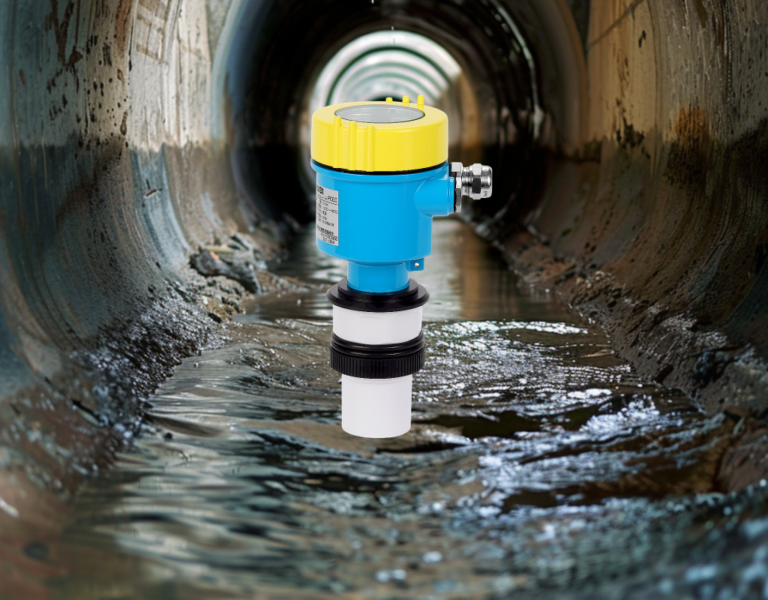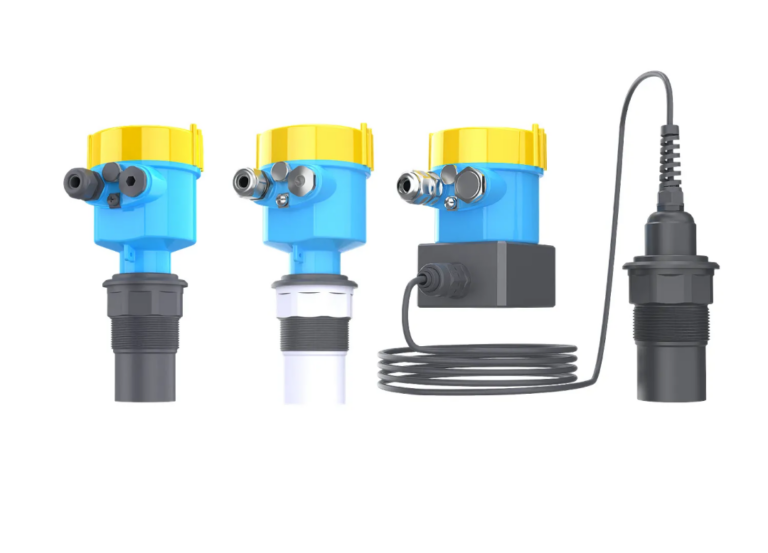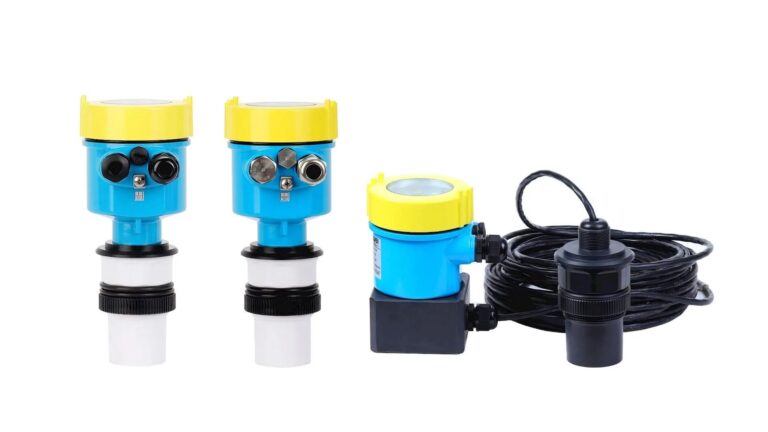Ultrasonic level measurement is a versatile and widely adopted technology that has become a crucial tool for measuring the level of liquids and solids across industries. By emitting ultrasonic pulses toward the surface of a medium and calculating the time it takes for the echo to return, the system accurately determines the distance between the sensor and the material surface—offering a reliable, non-contact method of level detection.
Zero Instrument’s ultrasonic level transmitters are built to deliver precision and durability, even in demanding industrial environments such as power plants, refineries, and chemical storage terminals.

1. Why Choose Ultrasonic Level Measurement?
✅ Non-Contact Design for Lower Maintenance
Ultrasonic technology eliminates the need for direct contact with the process medium. This greatly reduces wear and tear, minimizes contamination risks, and extends service life—cutting down maintenance from weekly tasks to annual checkups.
✅ Safe and Reliable for Hazardous Media
In tanks containing corrosive chemicals or hazardous substances, contact-based instruments are prone to degradation. Ultrasonic sensors use sound waves transmitted through air, avoiding contact entirely and protecting the sensor from corrosive damage—ideal for long-term use in aggressive environments.

2. Key Features of Zero Instrument Ultrasonic Level Transmitter
🔹 Flexible Measurement Ranges
Available in 5m, 10m, and 15m range configurations, Zero Instrument’s transmitters can be easily adapted to small containers or large tanks, offering high versatility across applications.
🔹 Explosion-Proof Certified (Ex d IIC T6 Gb)
Safety is critical in areas with flammable gases or vapors. Our transmitters are certified for operation in Zone 2 hazardous areas. The dual-chamber isolation design effectively blocks electrical spark propagation—making them well-suited for refineries, distillation towers, and LNG storage terminals.
🔹 High Accuracy with Temperature Compensation
Equipped with a built-in RTD sensor and smart compensation algorithm, the system ensures precise measurements in extreme temperatures ranging from -40°C to +80°C. This makes it suitable for cold storage tanks, cryogenic LNG units, or high-temperature processing zones.
🔹 RS-485 Communication (Modbus RTU)
The industrial-grade RS-485 interface supports seamless integration with SCADA, DCS, and PLC systems. In a case study at a large chemical park in South China, 32 units were connected via bus topology and integrated into a DCS system, achieving millisecond-level refresh rates. The adaptive protocol design ensures compatibility with Siemens, Honeywell, and other major automation platforms.
🔹 Smart Echo Processing
Tanks with internal agitators or coils often produce false echoes. Zero Instrument transmitters feature advanced echo profiling:
Time-domain gating removes early signal clutter.
Frequency-domain analysis eliminates mechanical vibration noise.
Self-learning algorithms generate a tank-specific echo map for stable performance.
🔹 Rugged IP68 Enclosure
Tested according to IEC 60529, the device withstands continuous submersion up to 2 meters for 48 hours. Triple-layer sealing includes:
Aerospace-grade fluororubber O-rings
316L stainless steel laser-welded housing
Nano-coated hydrophobic PCB
🔹 PVDF Sensor for Corrosive Media
The sensor head is made of PVDF (Polyvinylidene Fluoride), a material highly resistant to aggressive chemicals. Ideal for use in chemical manufacturing, pharmaceuticals, and wastewater treatment.
🔹 Split-Type Design for Harsh Environments
The modular structure separates the probe from the transmitter. This is especially valuable in high-temperature, high-vibration areas, where flexible installation helps protect electronics and simplifies maintenance.
🔹 Bilingual Menu for Global Deployment
The transmitter supports both English and Chinese menus with automatic language adaptation. This improves usability for international teams and ensures a smooth experience across multilingual environments.
🔹 EMC-Optimized for Industrial Environments
The design complies with EMC standards:
IEC 61000-4-4 (EFT Level 4)
IEC 61000-4-5 (Surge Level 4)
It ensures stable operation even in electrically noisy industrial environments with static discharge or transient voltage surges.

3. Industrial Use Cases and Application Highlights
In offshore oilfields, Zero Instrument’s ultrasonic level transmitters were deployed in raw oil settling tanks to create a multi-tank 3D monitoring system. Integrated with edge computing and a cloud-based digital twin platform, our solution increased feedstock turnover efficiency by 18% at a large ethylene plant in East China.
From single-point tank monitoring to complete smart sensing networks, our transmitters are at the core of Industrial 4.0 solutions. Backed by proprietary software and full-stack architecture, we empower smarter, safer, and more efficient plant operations.

4. Ready to Upgrade Your Measurement System?
Whether you’re building a new control system or upgrading an existing one, Zero Instrument offers reliable, intelligent, and field-proven ultrasonic level sensing solutions.
📩 Need help with system design, product selection, or integration strategies?
Leave a comment below or contact us today—we’re ready to support your project.
